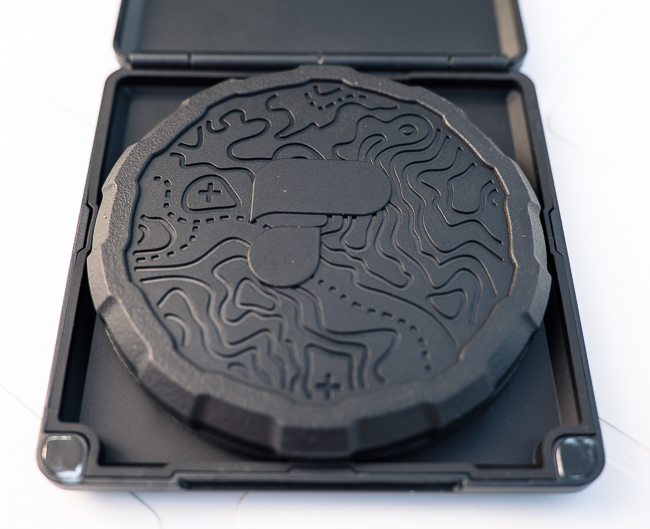
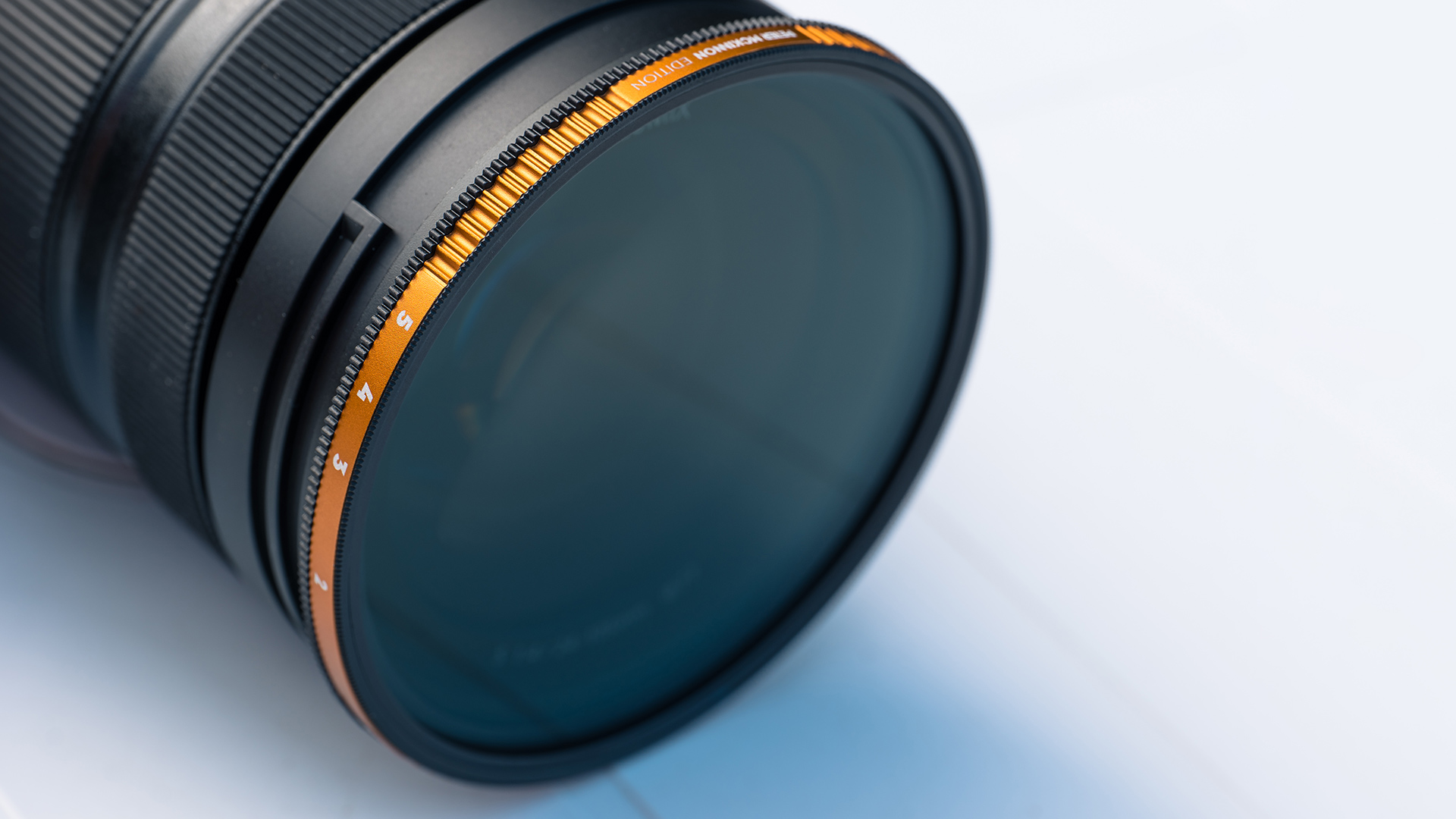
The one major feature that mirrorless cameras lack is a built in ND filter, making run and gun shooting a little tricky. A variable ND filter is therefore essentialif you want to work fast. We take a look at PolarPro's range of Peter McKinnon Edition VND filters to see if they are up to the task.
I have to admit that I've held off variable NDs for a long time. This despite the fact that variable NDs solve one of the most problematic areas of shooting with a mirrorless camera. Fast control over light falling onto the sensor, and therefore you have much more control over shutter speed and depth of field. The trouble is that not all variable NDs are built the same. From vignetting to weird colour casts and cross polarisation, the issues that can potentially appear mean that choosing the right one is essential if you want to stop tearing your hair out from ruined footage or limitations.
The Peter McKinnon edition variable ND filters from PolarPro are two products that aim to be one thing, the perfect variable ND for any user, while producing little in the way of undesirable artefacts. They come in two flavours, 2-5 stop light reduction (ND4-ND32) for general use, and 6-9 stops (ND64-ND512) for very bright light and log shooting above ISO 400 and for full control over slow shutter settings for stills photography. The filters are also available in three screw in sizes, 67mm, 77mm, and 82mm.
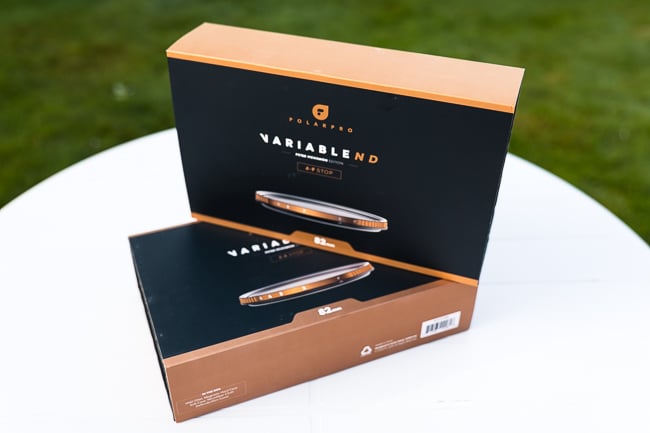
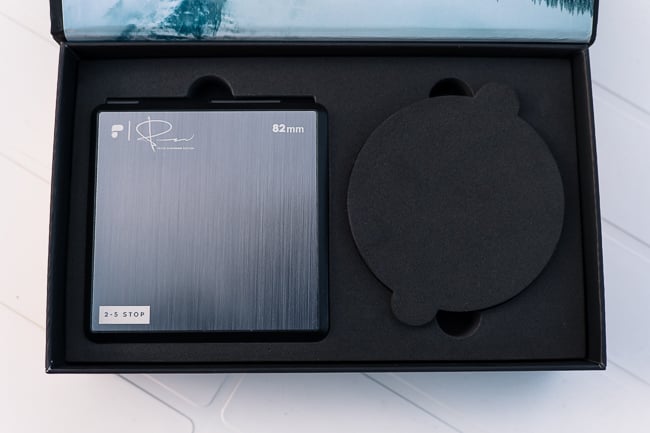
The PolarPro packaging is top notch
What's in the box?
The PolarPro VNDs come packaged within a really high quality box. It's clear before you've even opened it that a lot of thought has gone into the presentation here. Open it up and you find that this isn't just an ND filter in a pouch. The box is split into two levels. On the first is a solid, very high quality snap case containing both the filter and DefenderSlim lens cap. More on that in a moment.
The lower level of the box contains a snazzy signature microfibre lens cloth, an alternative velcro close soft pouch, and information card. All of this is high quality stuff, and is a cut above pretty much any other filter packaging I've ever opened up before. These aren't cheap filters, and the packaging reflects the quality on offer here.
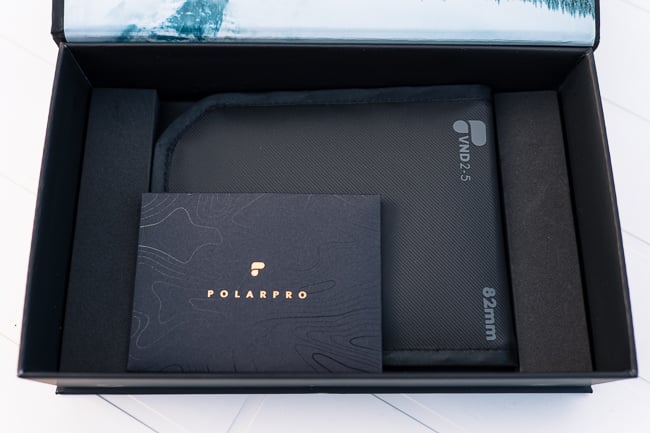
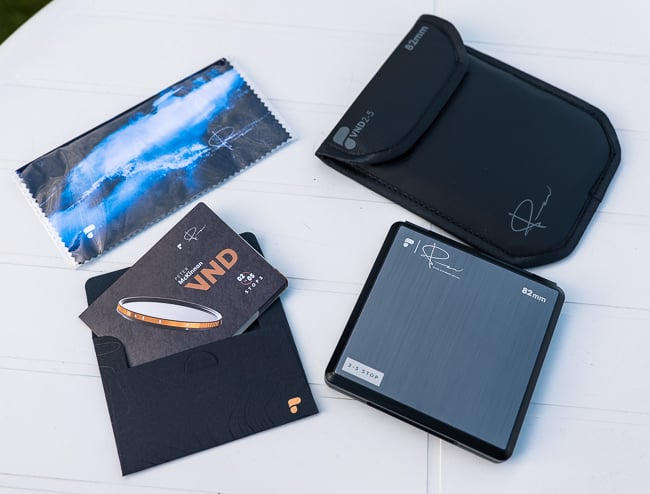
The contents of the packaging showing the soft and hard case, as well as the unique microfibre cloth
The snap case is the one I used during the course of the review as it fits the filter in with the protective cap very quickly and easily, and takes up less space than the soft pouch in a bag. What's great about it is that you can lift the filter out of the box by the DefenderSlim cover and screw it onto your lens with zero risk of getting finger marks on it. The DefenderSlim then pulls off the filter when you are ready to start shooting. It's so quick and easy that you'll find yourself using it as your main lens cap, not least because it offers much better protection than a standard one.
Filter quality
The VNDs themselves are clearly high quality. The aluminium construction features laser etched stop markings, for these filters don't just rotate ad infinitum. They feature hard end stops and markings so you can see exactly how many stops of ND you are dialling in. The rotational action of the filter is smooth and easy to control with just enough movement dampening. The filters are quite thin at 8.48mm (for the 82mm), but not so thin as to make rotating them into position awkward.
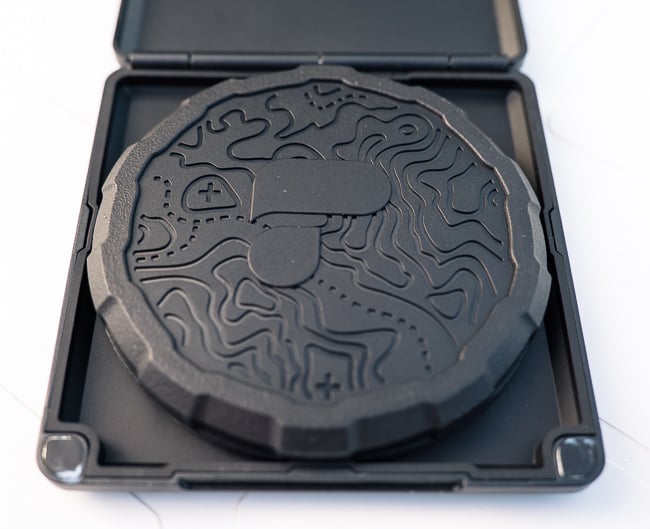
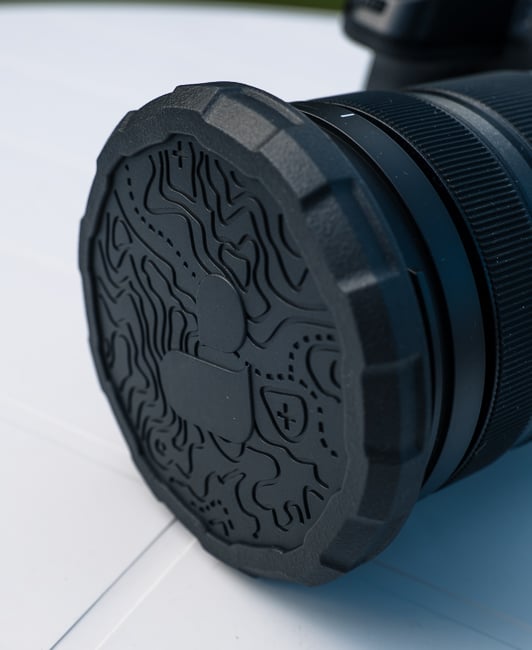
The DefenderSlim lens cap is highly practical and a lot easier to use than a traditional lens cap
The filters are made from 99.9% pure fused quartz, and they are designed to resolve images for up to 100MP sensors, versus the 400MP limit of the standard PolarPro Quartz line.
The stop variations have been selected wisely. The 2-5 stop filter suited me well for general shooting in a mixture of cloud and sunny spells, while the 6-9 stop model will suit you much better if you are shooting in very bright conditions. I saw no evidence of any cross-hatch patterning that can afflict other VNDs, and there didn't appear to be anything in the way of colour cast through each filter's range either, which can also affect some other models. Vignetting is very well controlled indeed. I didn't have the opportunity to test on a truly wide 16mm lens, but PolarPro claim that vignetting is controlled down to that focal length.
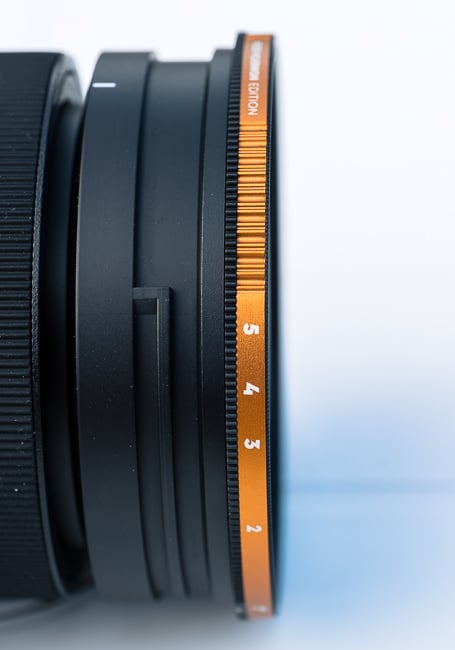
The high quality finish of the filters, showing the laser etched stop marks
The filters do have slightly less range than some others on the market, which is one reason why the potential for visual artefacts has been drastically reduced. However I would much rather have a filter with minimal artefacts than one with a large stop range and cross-hatch and colour cast issues.
These filters do still work by polarisation, but the actual effects of this appear to be minimal. However it is as well to be aware of the limitations. If you have the time, and you also want to use a controllable polariser for effect, such as for characterising skies, or controlling reflections, you will need to use traditional ND filters. But if you need to work fast, then the PolarPro Peter McKinnon VNDs will be worth more than their weight in gold.
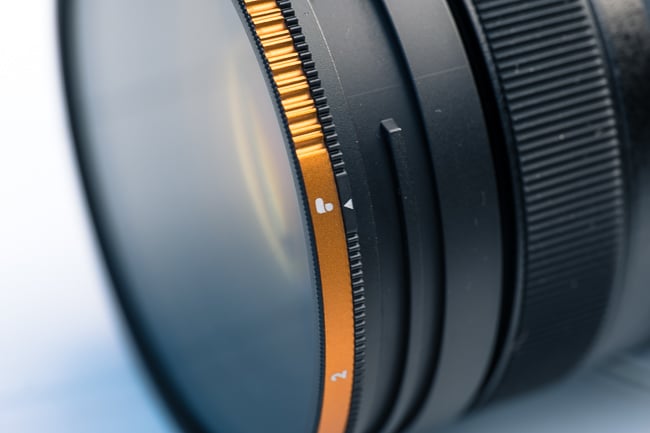
Hard end stops also contribute to the filters' ease of use
Conclusions
At US$249 for the 2-5 stop, $US299.99 for the 6-9 stop, and US$449.99 for the combo set, the PolarPro VNDs are not a cheap option. But what I can say is that they are very high quality, and you get what you pay for. These are filters that will last you well and are a long term investment, and in that regard I consider them to be a very worthwhile looking at, particularly if you are shooting on the move a lot. If you invest in high quality lenses, you owe it to your glass to invest in high quality filters.
To find out more, visit the PolarPro website.
View some test footage below.
Tags: Production


Comments